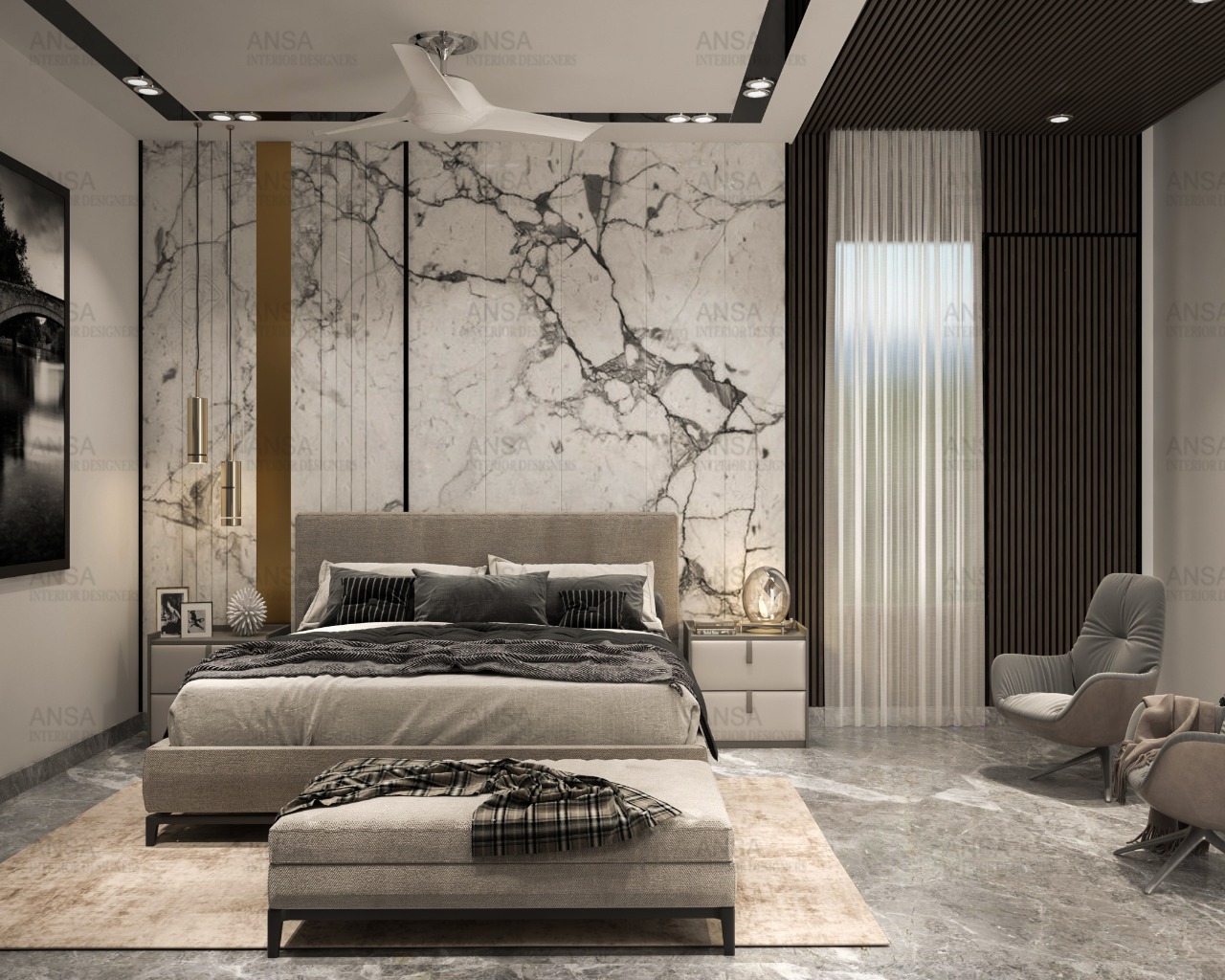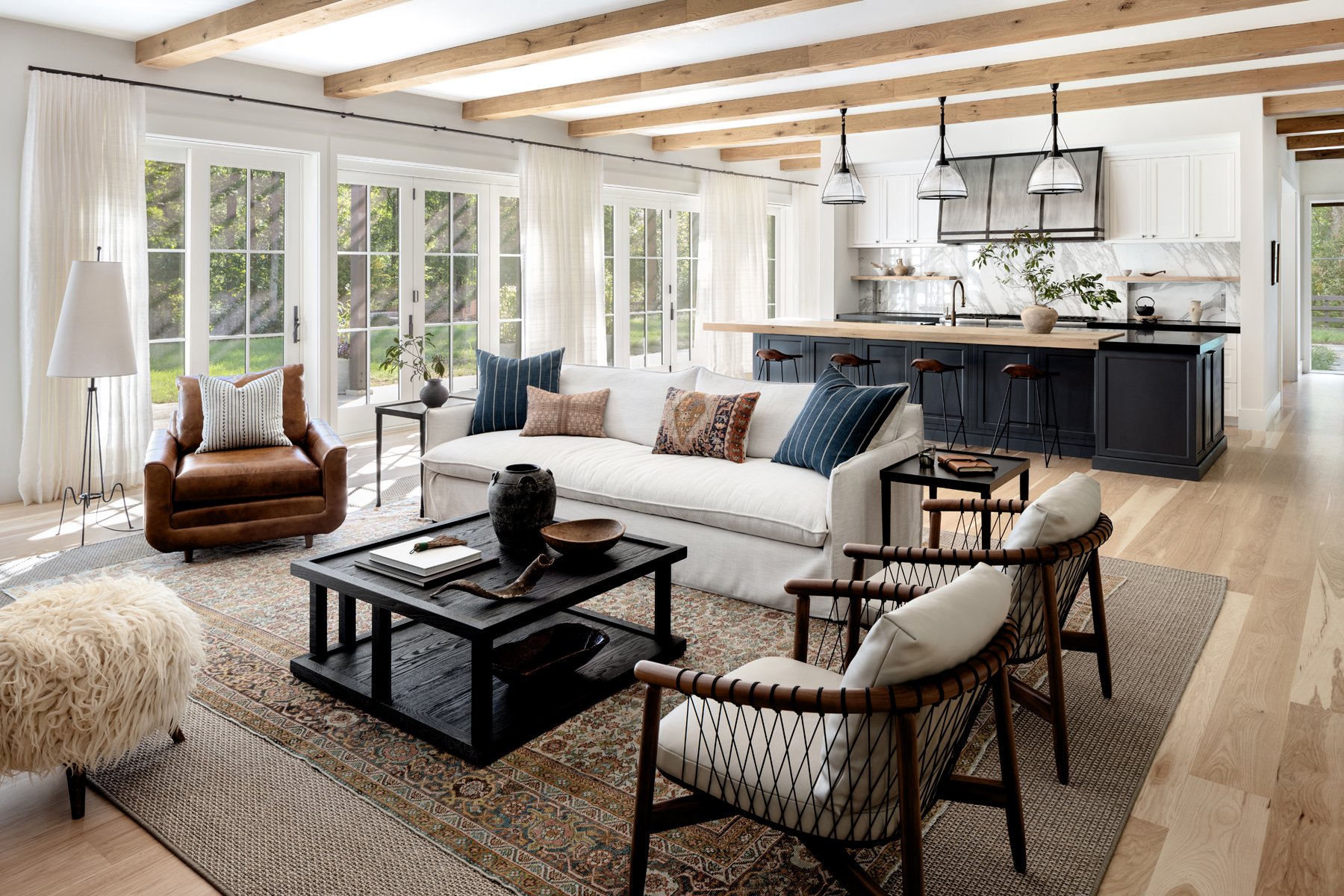Discover the Art of Living with an Interior Designer Miami
Discover the Art of Living with an Interior Designer Miami
Blog Article
How to Choose the very best Interior Decoration Aspects for a Natural Living Room
Producing a cohesive living space needs a tactical strategy to indoor style aspects that reflect both capability and individual style. The trip begins with defining your special aesthetic, followed by the careful choice of a shade palette that ties the space with each other.
Define Your Personal Style

To begin the procedure, think about the components that reverberate with you-- these might include details design activities such as mid-century modern-day, minimalism, or bohemian. Explore various designs with aesthetic ideas, such as publications, on-line platforms, and showrooms. Develop a mood board that envelops the colors, appearances, and forms that speak with your visual sensibility.
Next, evaluate your lifestyle and demands (Interior architecture Miami). Your personal design must not just mirror your preferences yet also fit your everyday activities and the characteristics of your family. Think about elements like performance, room use, and upkeep demands
Including unique items or individual artefacts can further improve your layout narrative. Ultimately, a distinct individual style provides a cohesive vision that balances all components of your space, ensuring it is not just stunning but likewise a true depiction of who you are.
Choose a Shade Palette
A meticulously selected color scheme can dramatically raise the emotional and visual influence of any type of interior space (Interior design Miami). The shades you pick will not only define the ambience yet also influence the regarded dimension and depth of the spaces. To start, consider the mood you desire to grow-- warm tones like oranges and reds evoke energy and warmth, while cool colors such as blues and environment-friendlies advertise harmony and leisure
Start by picking a dominant color that resonates with your individual design. Utilizing varying tones and tints of these shades can include intricacy without overwhelming the space.
Additionally, take into consideration the natural light readily available in your home. Brilliant, sunlit areas can deal with bolder shades, while darker areas may take advantage of lighter shades to create an illusion of brightness. Lastly, ensure that your picked scheme expands throughout your area, giving a cohesive look that ties with each other various components within your home. A well-executed shade palette is essential for accomplishing a balanced and welcoming living environment.
Select Complementary Furnishings
Very carefully selecting complementary furniture is vital for improving the overall visual of your indoor area. The furnishings you pick must harmonize with your recognized shade palette, design, and the details functions of the area. Begin by recognizing crucial items that line up with your layout vision, such as couches, chairs, and tables that mirror the wanted mood-- be it modern-day, typical, or diverse.
Take into consideration the scale and percentage of the furniture in connection with the space. Oversized pieces can overwhelm smaller spaces, while fragile furniture may obtain lost in bigger areas. Goal for a balance where each product contributes to the total structure.
Product selection is similarly vital; choose furniture that not just matches your shade scheme yet also the appearances present in the space. For circumstances, if you have a streamlined, minimalist strategy, opt for furniture with clean lines and smooth surfaces. On the other hand, if your style leans in the direction of bohemian or rustic, include redeemed timber or upholstered items with rich, welcoming fabrics.
Incorporate Textures and Patterns
Appearances and patterns play an essential function in developing aesthetic rate of interest and deepness within your interior decoration. By thoughtfully integrating different textures and patterns, you can boost the visual allure of your home, ensuring it feels both welcoming and dynamic.
Begin by examining the existing components in your area. Think about the appearances of your walls, floorings, and furniture. Soft textiles such as velvet or linen can present warmth, while streamlined materials like glass and site steel add a modern touch. When incorporating these appearances, goal for a well balanced setup that stays clear of frustrating the senses.
Patterns can even more improve your style, adding layers and personality. Usage patterned textiles-- such as throw drapes, carpets, and cushions-- to produce focal points throughout the room. Stripes, florals, and geometric designs can all work sympathetically when selected with care. Bear in mind to maintain a cohesive color scheme to merge the various patterns.
Integrating patterns and textures not only improves aesthetic allure but also produces a responsive experience that motivates interaction within the space. By layering these components attentively, you can attain an abundant and inviting atmosphere that shows your individual design while continuing to be cohesive.
Include Thoughtful Accessories

Beginning with a color palette that connects your main layout scheme. Pick devices such as paddings, vases, or artwork that echo these colors to produce consistency. Layering appearances is likewise crucial; for example, a woven basket or a ceramic sculpture can include depth and passion to go to my blog the space.
Furthermore, consider the scale and proportion of devices. Large pieces can make a strong declaration, while smaller items can be gathered for a much more intimate feeling. Don't ignore the importance of individual touches, such as household images or take a trip mementos, which can imbue the room with personality and heat.
Conclusion
In verdict, creating a natural living area requires a systematic technique that starts with defining individual style and establishing an unified color combination. The choice of corresponding furniture, interest to range and percentage, and the consolidation of varied textures and patterns even more improve the area.
Creating a natural living room calls for a critical technique to interior style components that reflect both performance and personal design. The journey begins with defining your special aesthetic, adhered to by the mindful selection of a shade scheme that links the area together.A very carefully advice picked color combination can substantially raise the emotional and visual effect of any type of indoor room. Making use of varying shades and colors of these colors can include complexity without overwhelming the space.
In verdict, developing a natural living space calls for an organized approach that begins with specifying individual design and establishing a linked color palette.
Report this page